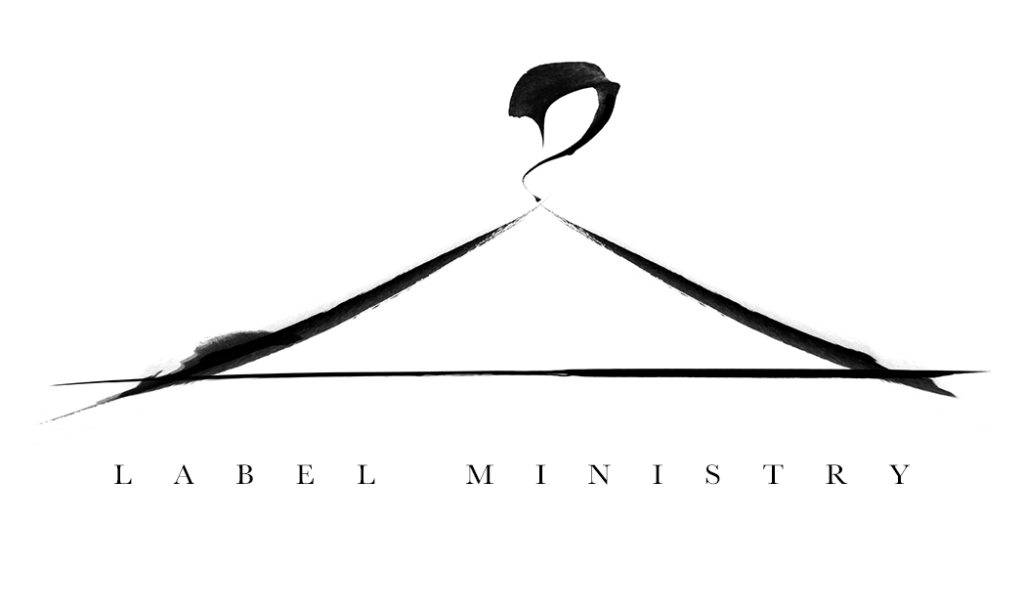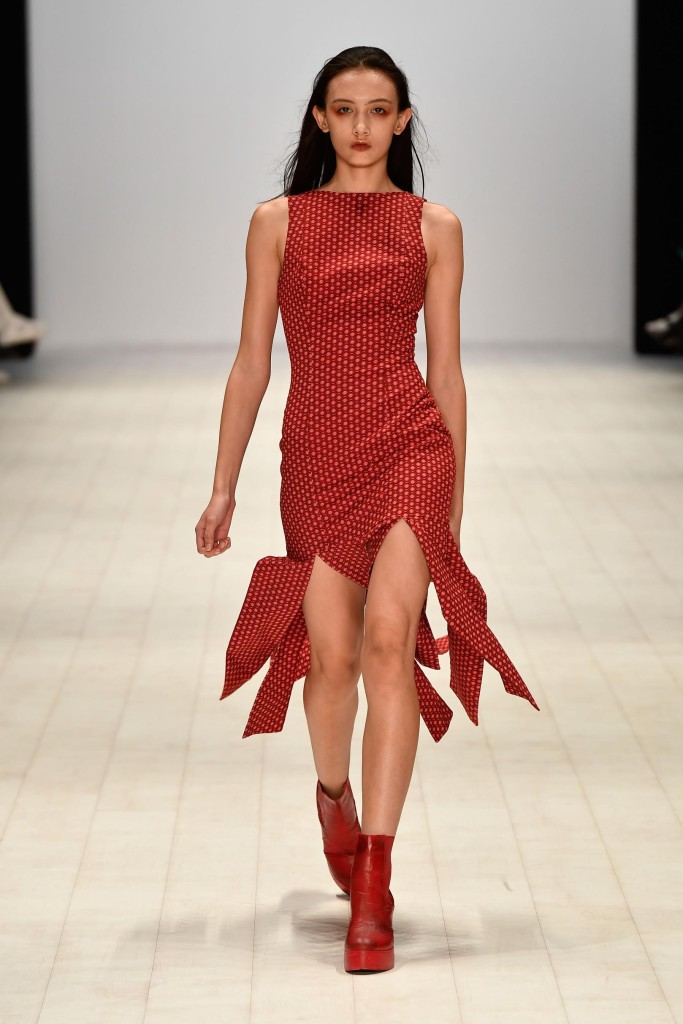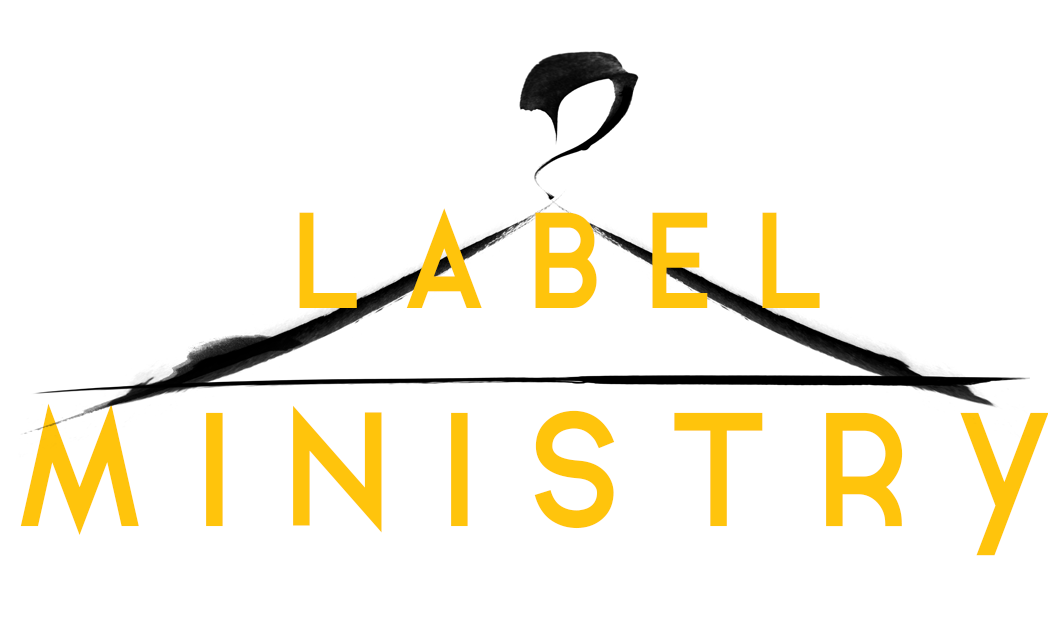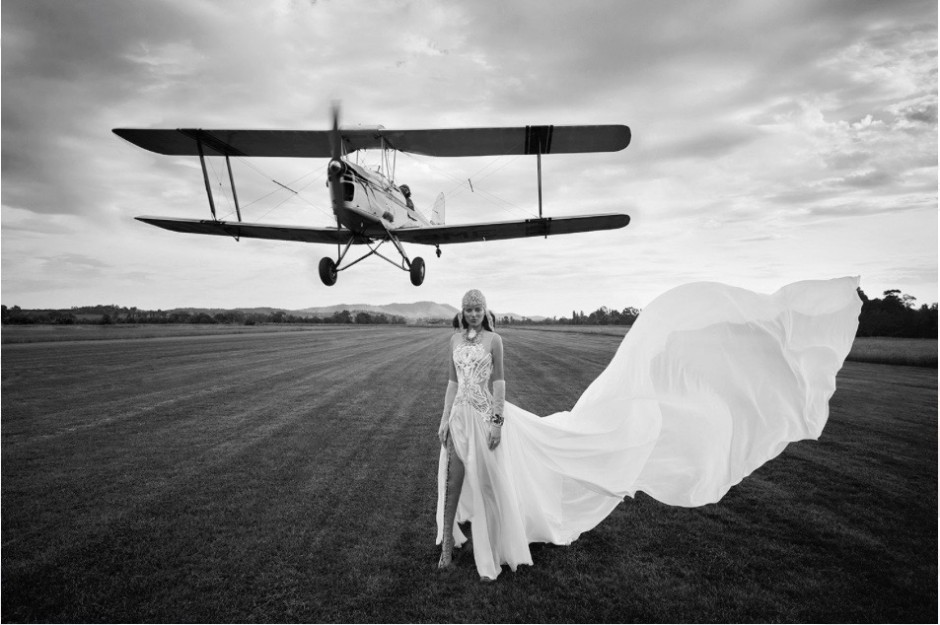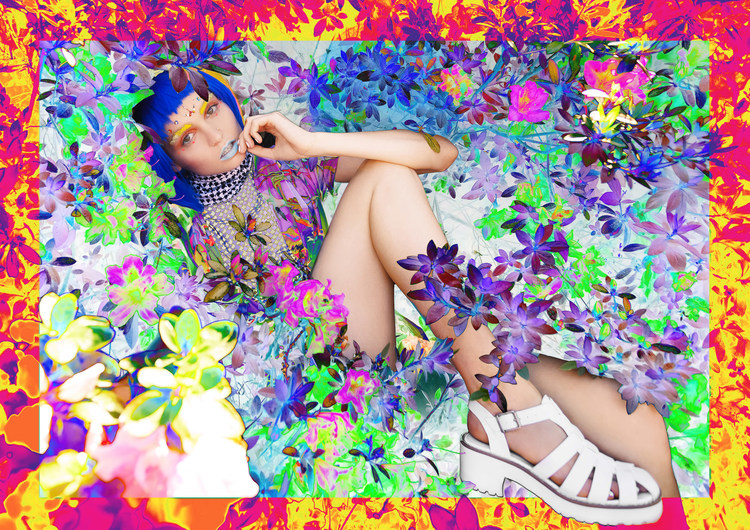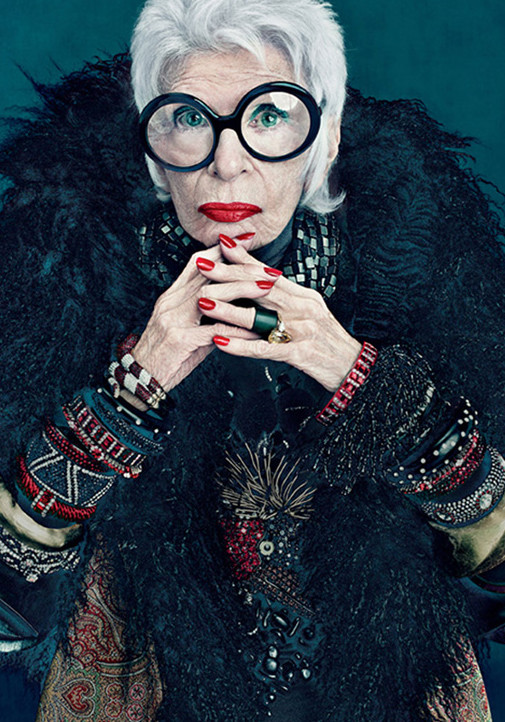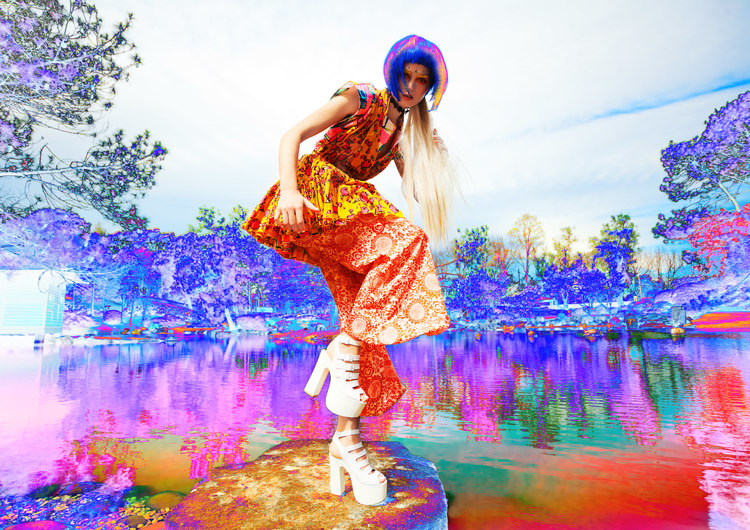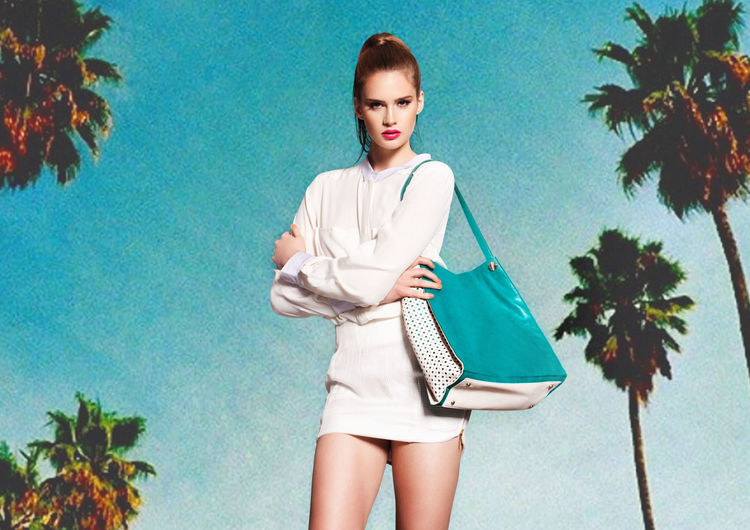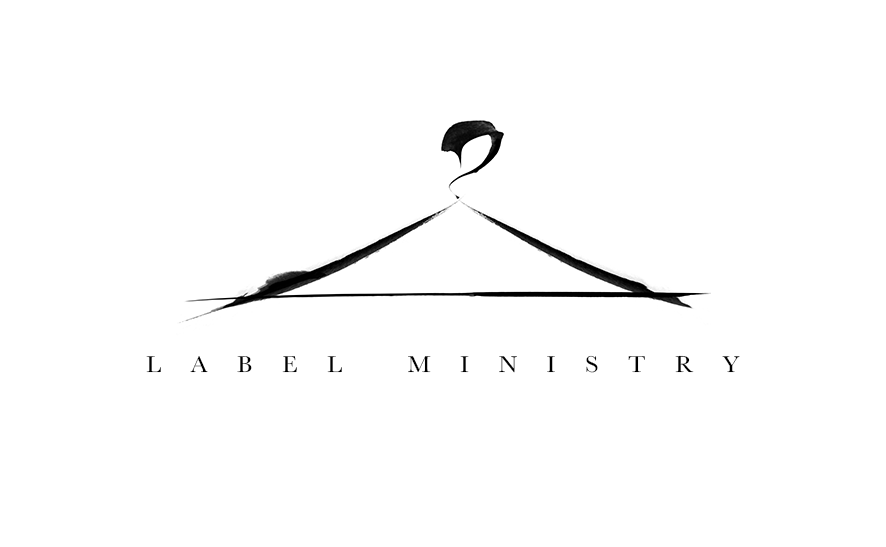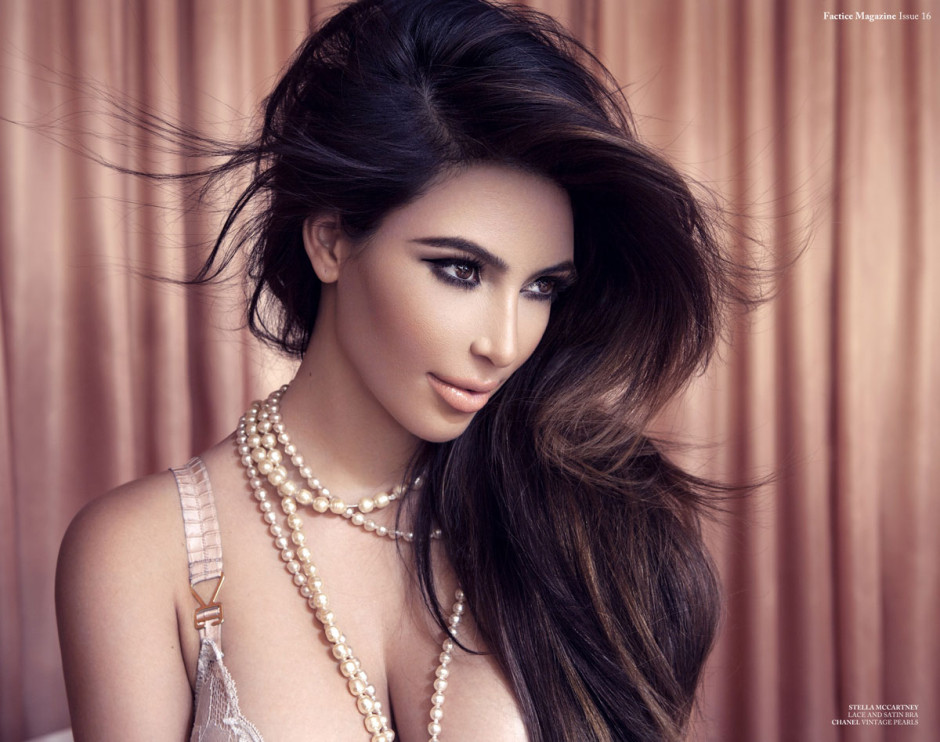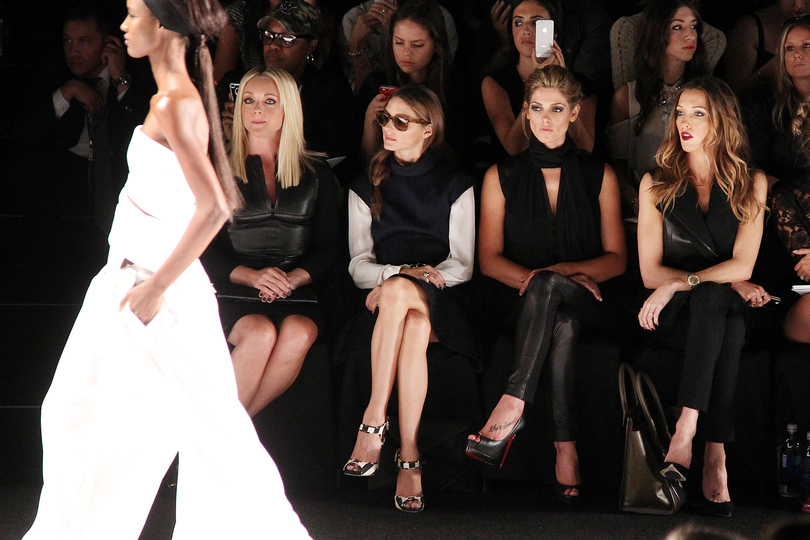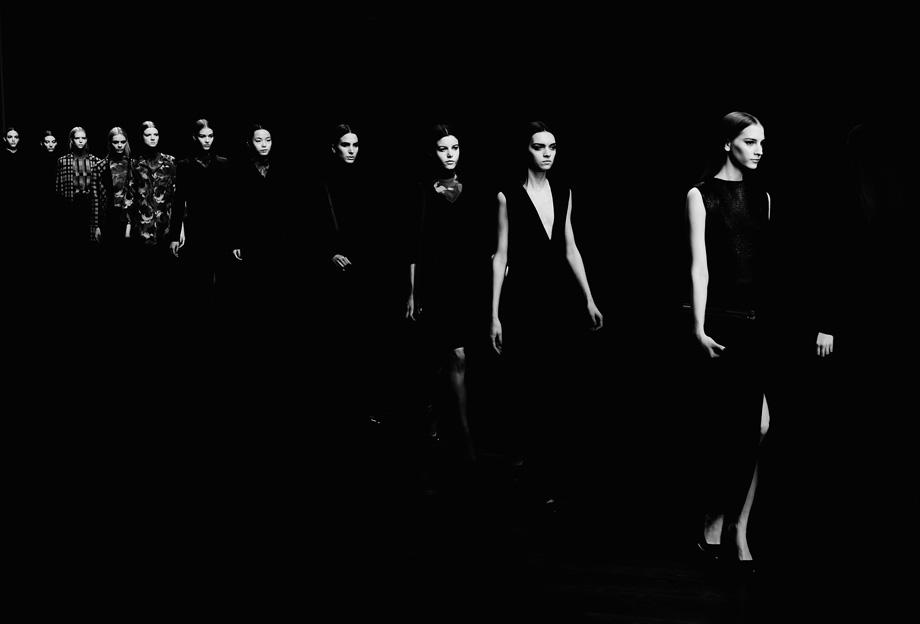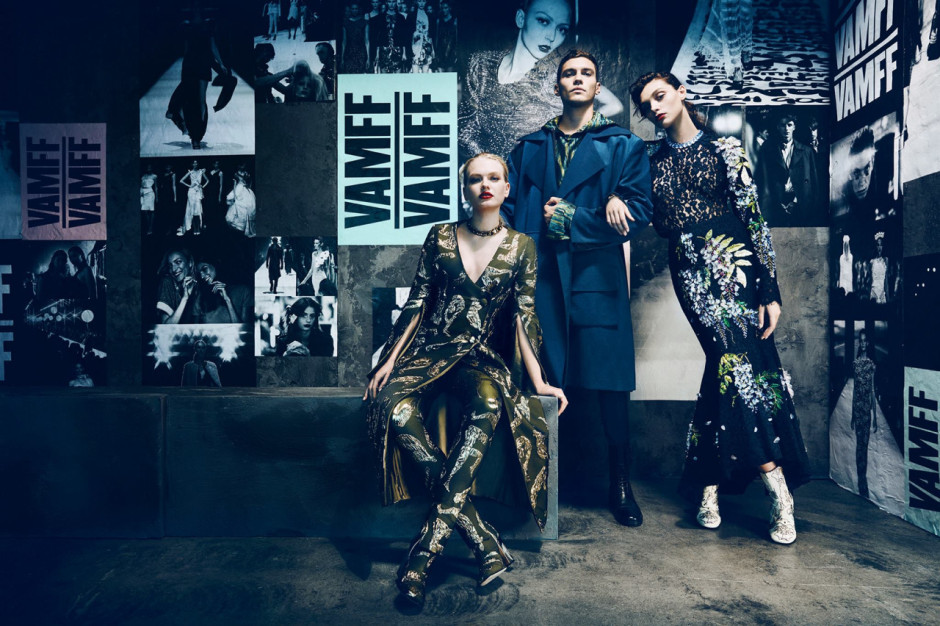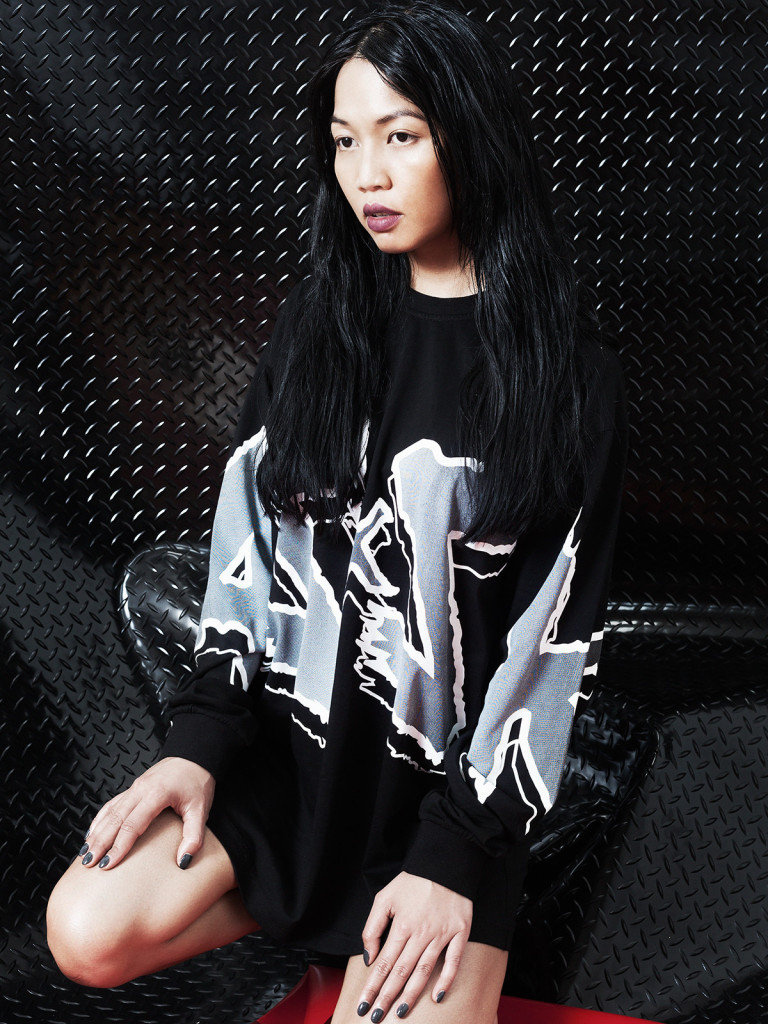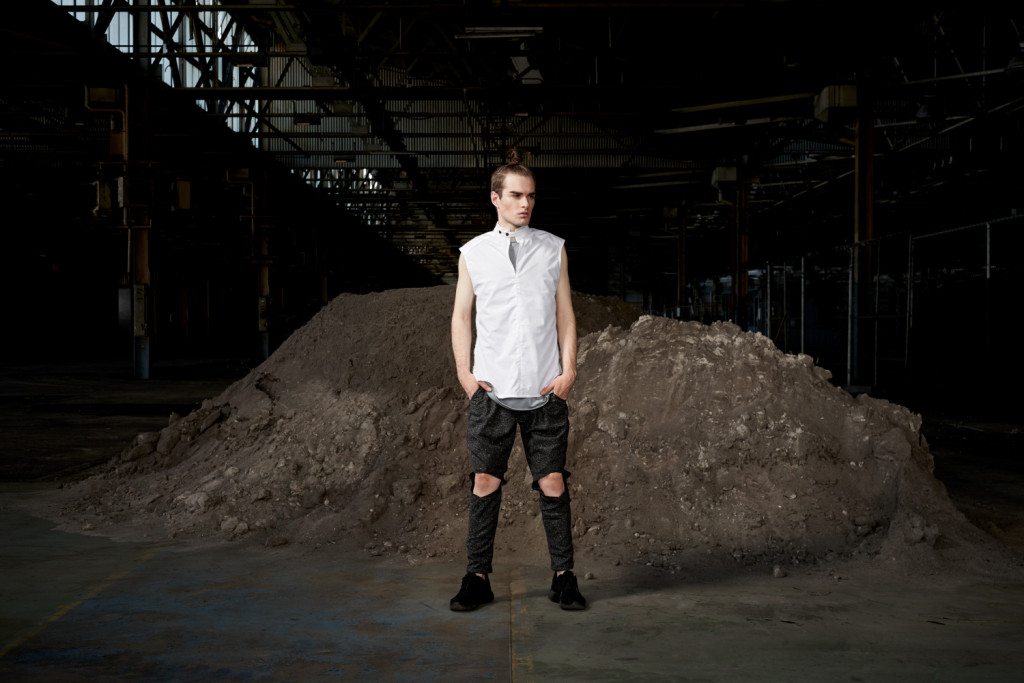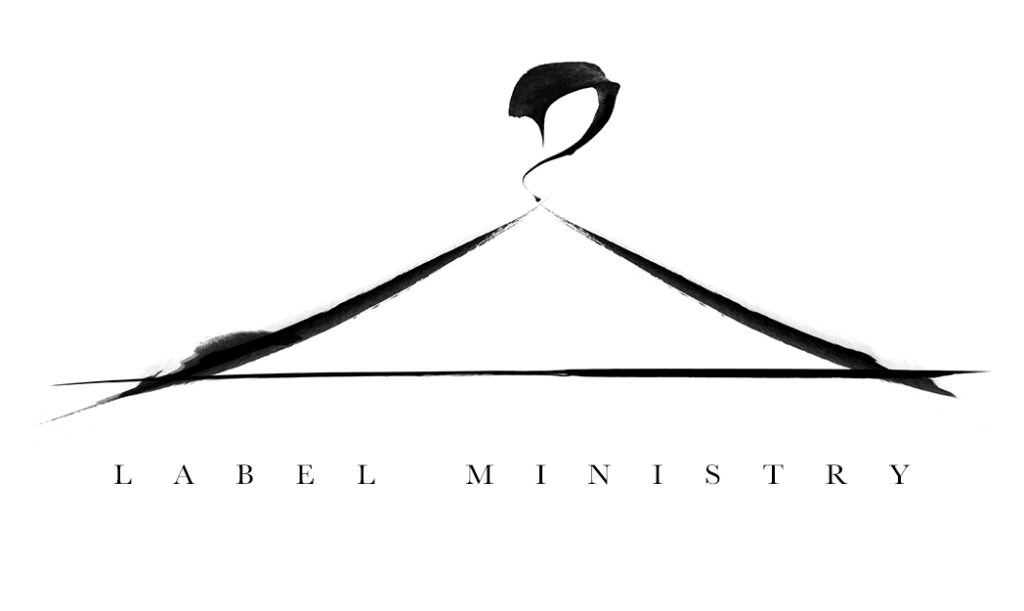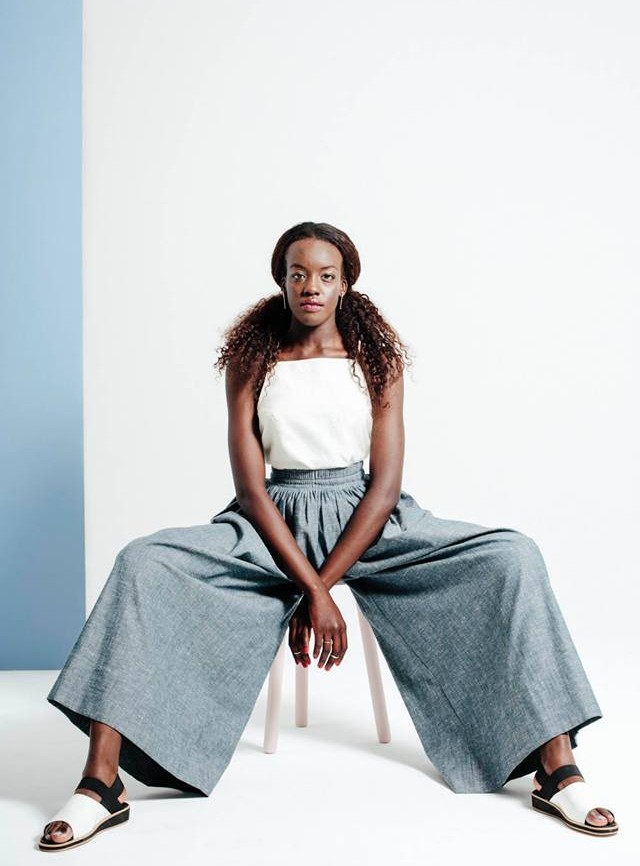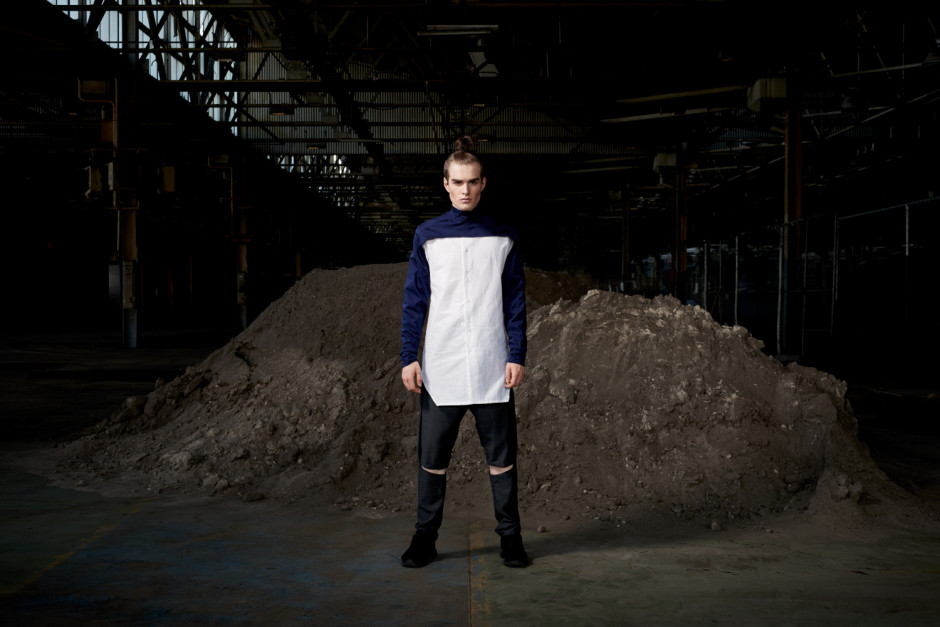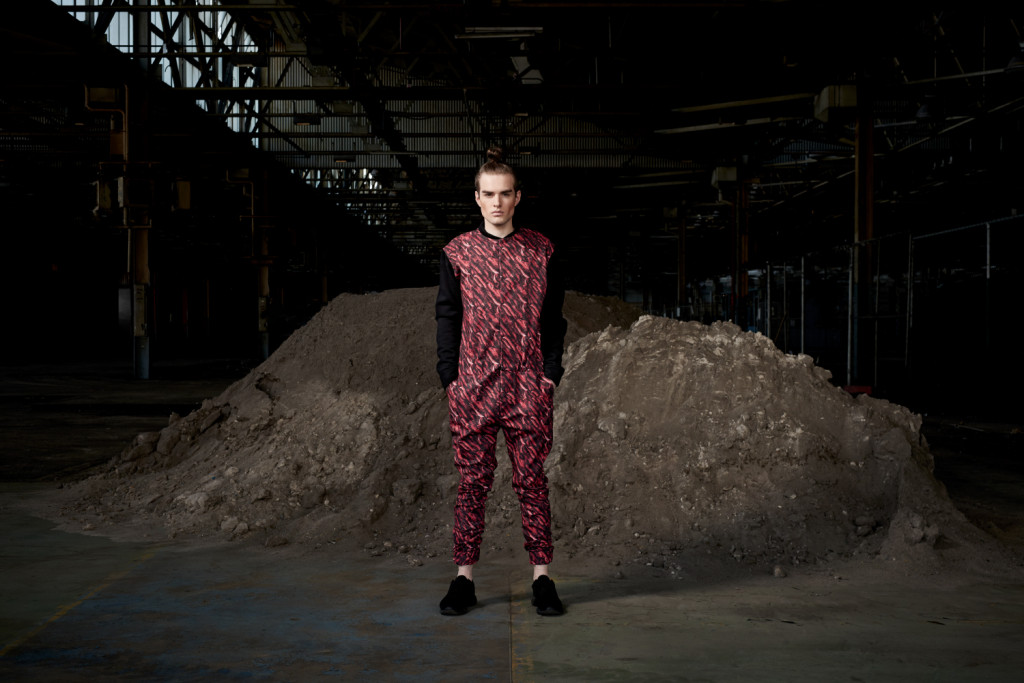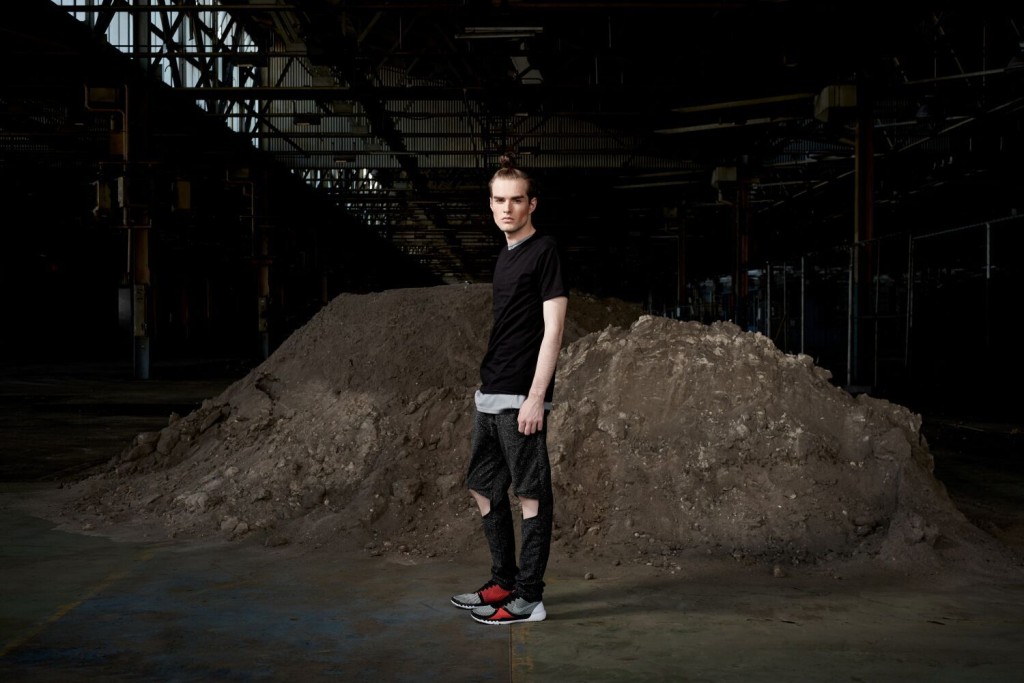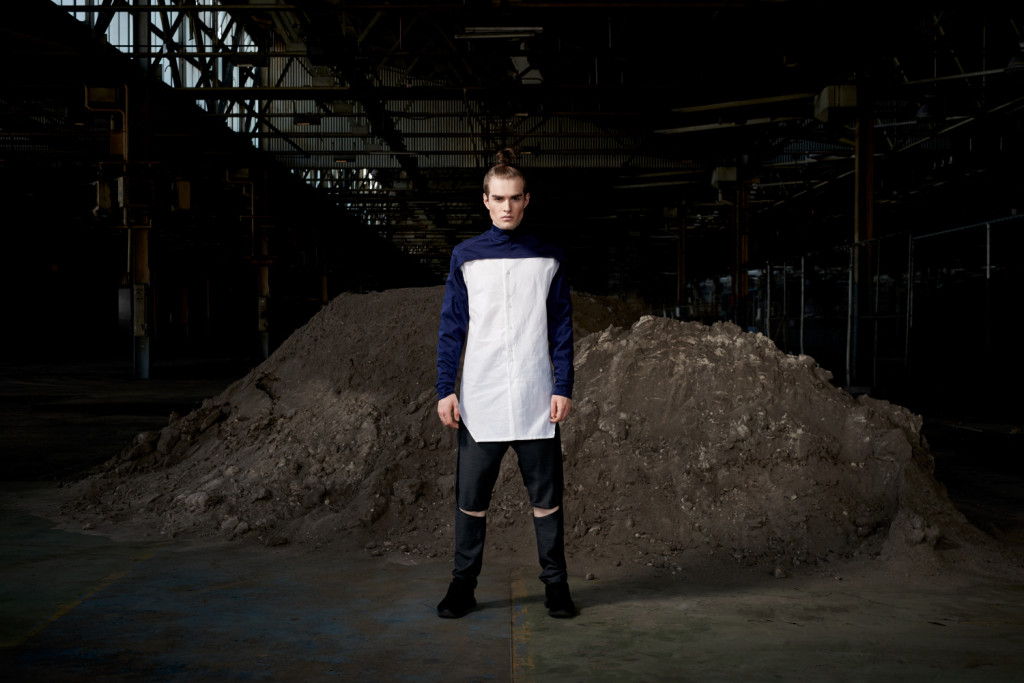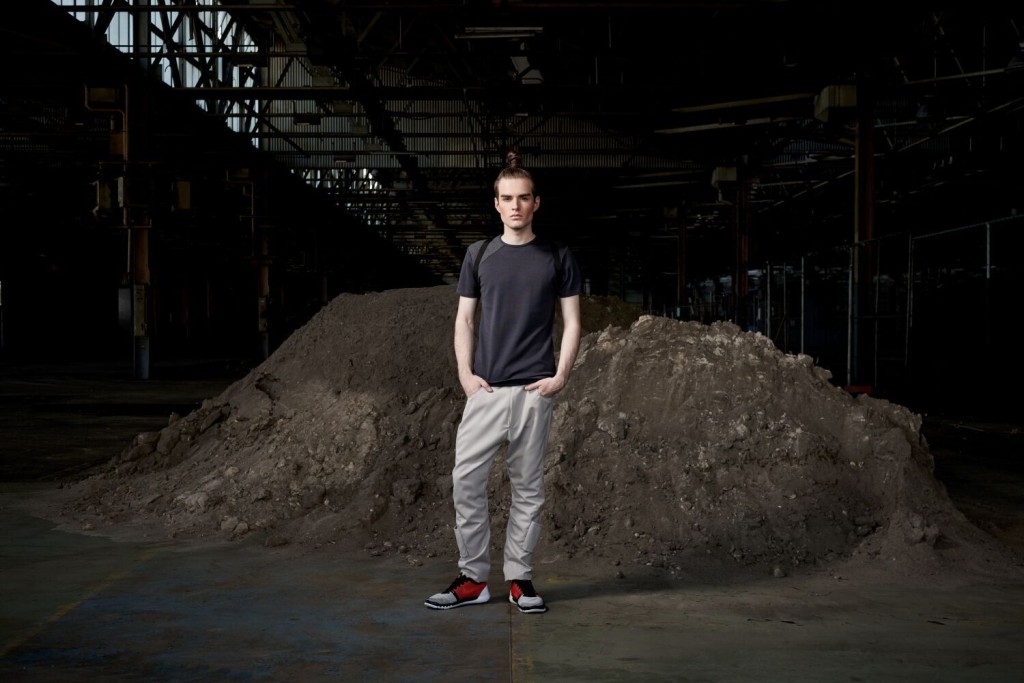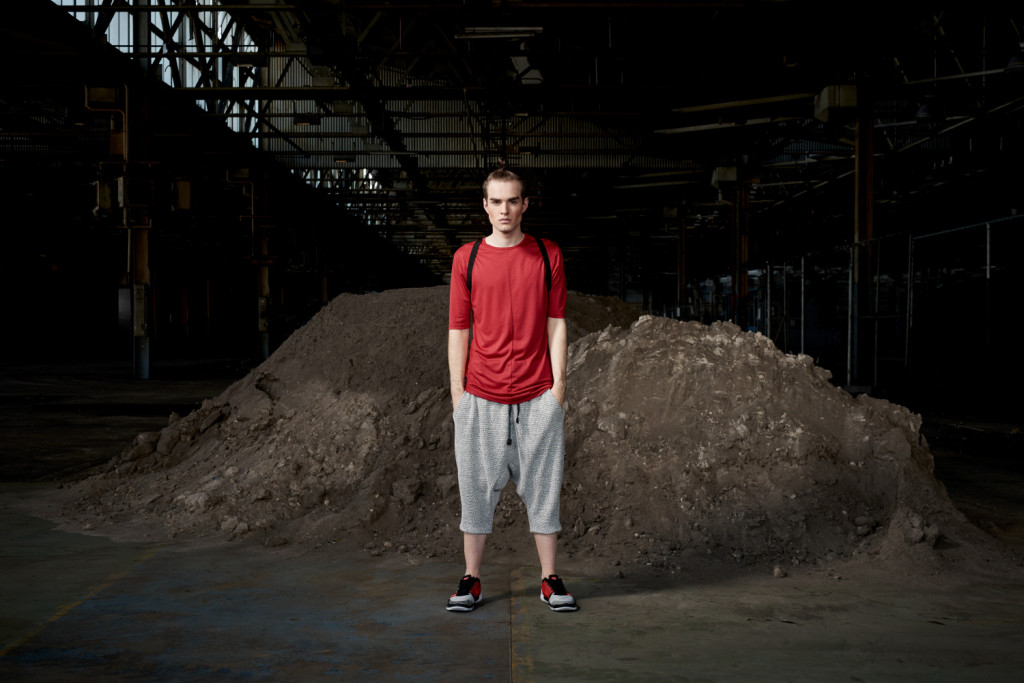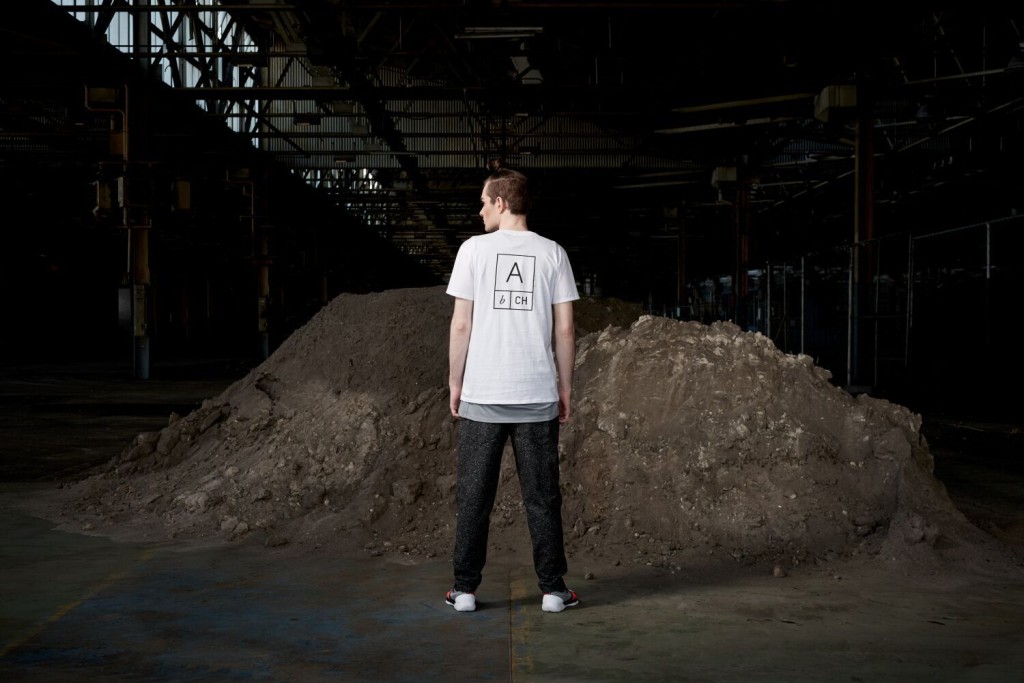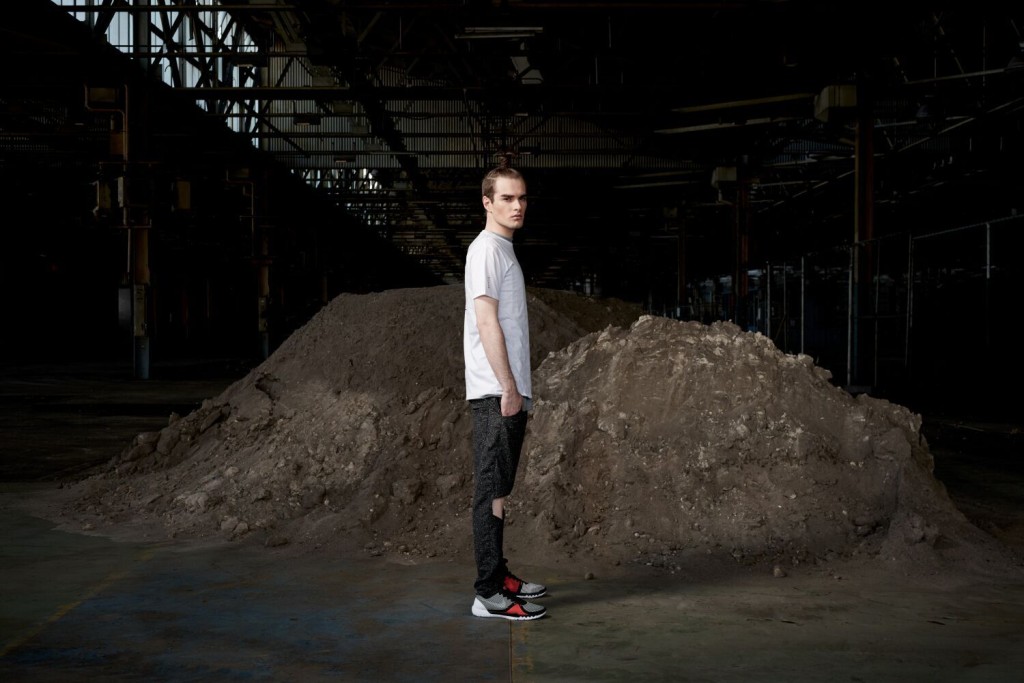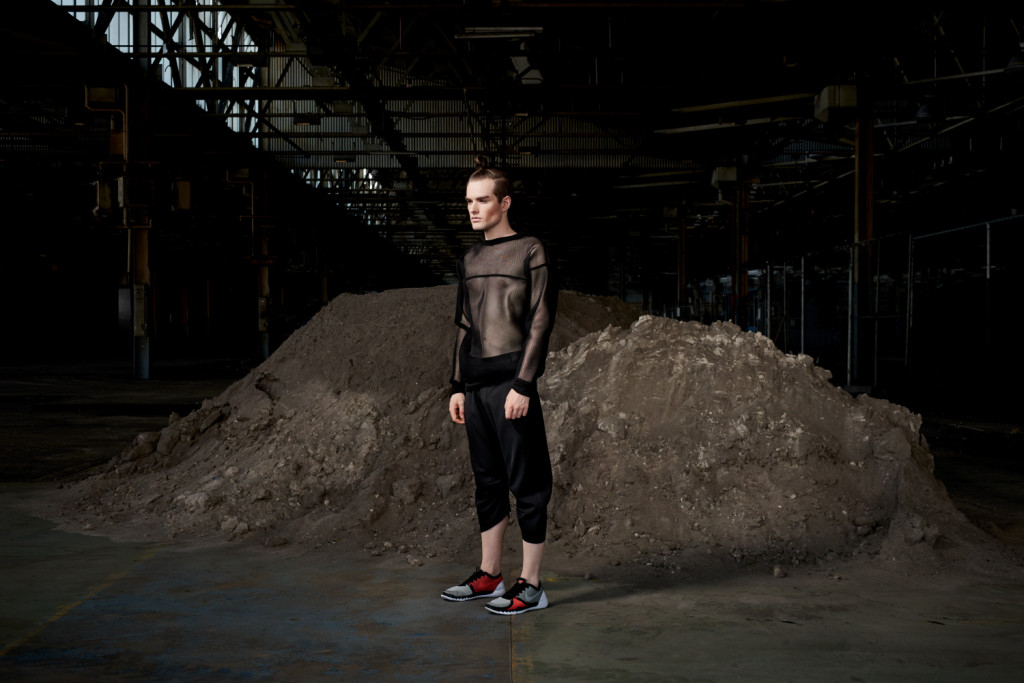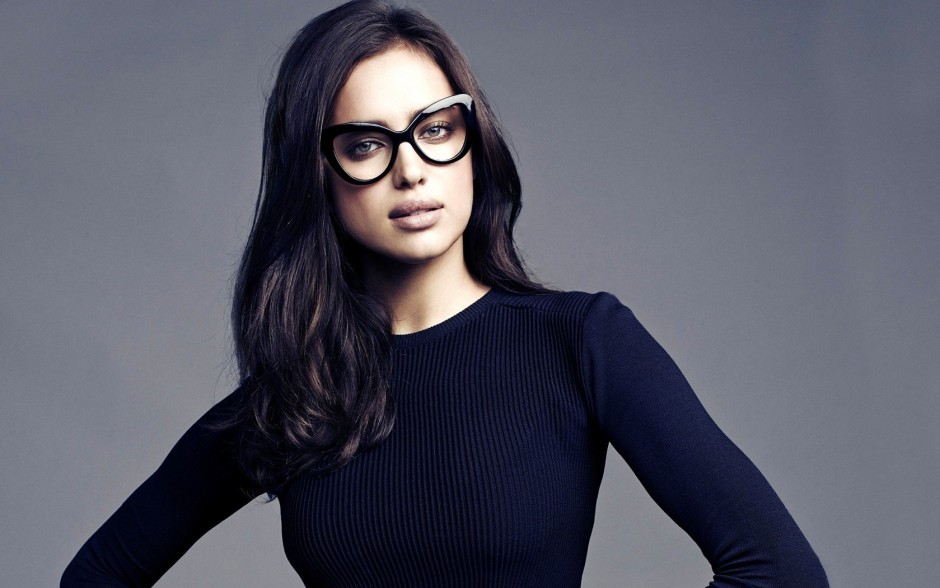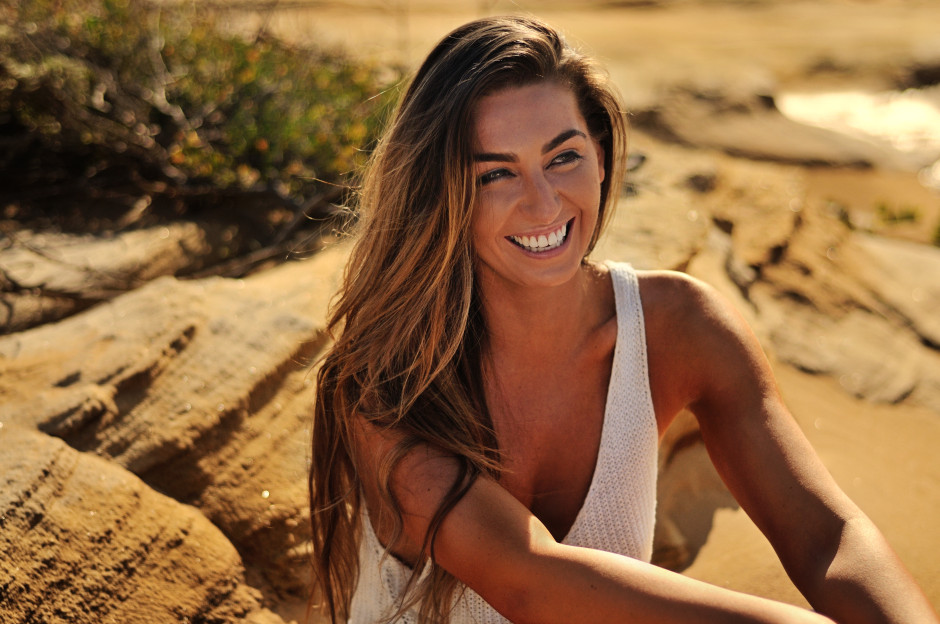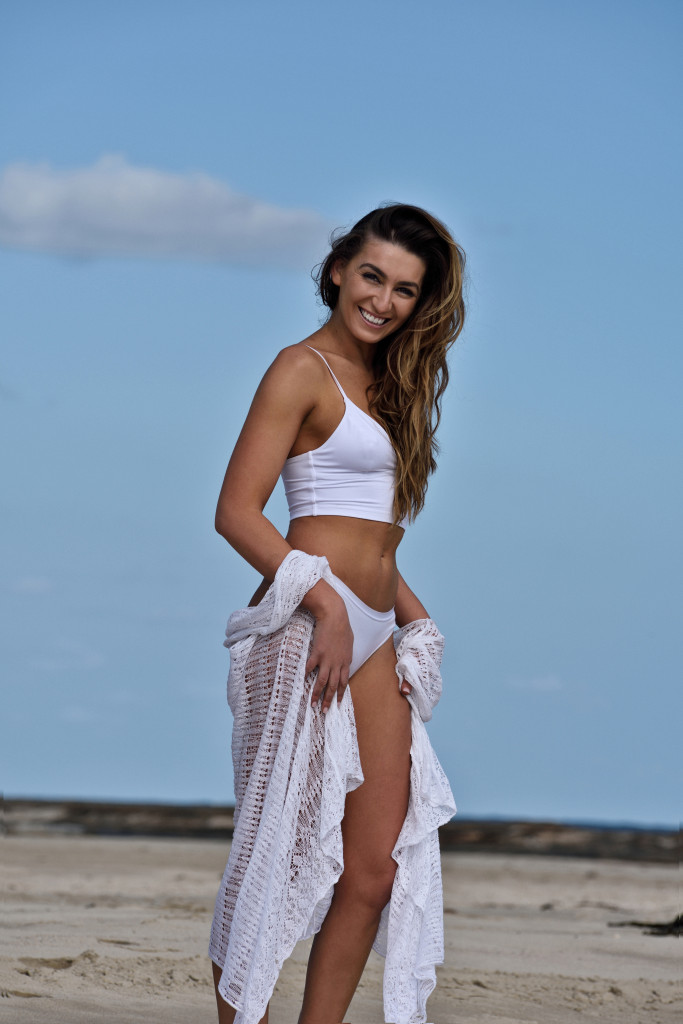With a philosophy grounded in a desire to create timeless pieces of quality, texture and intricacy, Lois Hazel, aims to bring honest pieces with a unique touch to her customers.
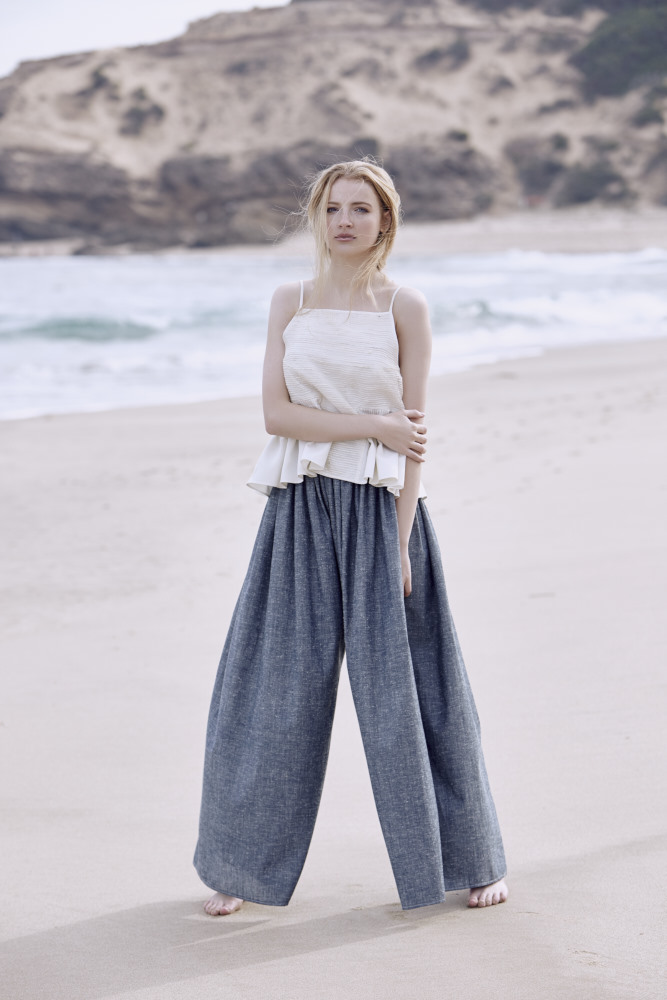
Model | Sarah Baxter | Photographer | Kim Mennen | HMUA | Emma Gillett
Lois Hazel graduated from RMIT’s Bachelor of Design in Fashion with first class honours in 2012. She then left Australia to work for the New York design house, Marchesa, and Iris van Herpen in Amsterdam. Lois returned to Australia, and her home town Melbourne in 2014. She launched her first capsule accessories range, and then her debut collection “Frayed” in 2015. She is passionate about ethical and sustainable practices, and hopes to bring positive change to the fashion industry by donating five percent of her profits to One Girl Australia.
LM
How would you describe your label?
LH
Timeless, textural pieces with unique detailing.
LM
I believe you find inspiration in “subversive art”. What does this mean for your garments and your collection as a whole.
LH
I think for me it helps me build my collections around a concept. Starting with a point of interest such as pleating, a certain texture or maybe even just a point of inspiration taken from the world around me. I feel I am able to really push my boundaries as a designer and come up with something unique and original.
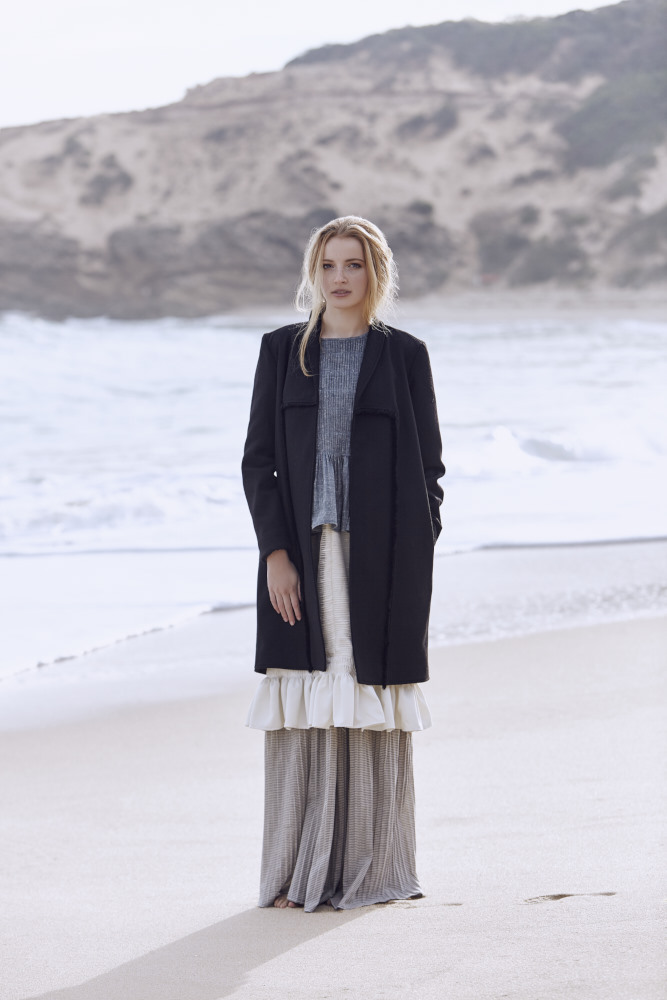
Model | Sarah Baxter | Photographer | Kim Mennen | HMUA | Emma Gillett
LM
Do you believe that fashion and art belong together on the runway?
LH
Definitely, I feel the runway gives designers a platform where they get to create a world. To show their pieces in complete fullness and how they were envisioned. It gives us a way to draw our audiences in and let them see into our world.
LM
I believed you have worked with Marchesa, Iris Van Herpen, Marianne Kemp and ByBorre. Was there a common thread of inspiration that developed your fashion ethos?
LH
I wouldn’t say there was a common thread, but rather through each of these experiences I discovered more and more about who I am as a designer. Every single one of these designers and artists let me see how they worked. I was able to discover so many different techniques and systems. I found ways to do things and also found ways to do things that in theory shouldn’t be done. From everything I learnt I was able to create a practice that worked well in and that I was proud of.
LM
Describe your time and experience at the Paris American Academy.
LH
My time in Paris was truly magical. It is such an incredible city and to be able to study there was amazing. I was able to learn from people who had worked for one of my idols, Madame Gres, and learned to appreciate what couture has brought us in fashion.
Relating back to the question about art and fashion, I feel my time in Paris really let me appreciate the art that has gone into and still goes into fashion.
I do believe fashion is a form of art, especially when you truly take the time to appreciate the aspects of design, construction and even the mathematics involved.

Model | Sarah Baxter | Photographer | Kim Mennen | HMUA | Emma Gillett
LM
What do you love about the Australia fashion industry?
LH
One thing I really admire is the community we have here. I am very lucky to be surrounded by such a creative community where so many are willing to help and share ideas with each other. Helping each other out is extremely important. Being invited to show at this years Virgin Australia Fashion Festival as part of the Discovery Runway indicates the support Victoria has for young designers.
LM
What do you feel we could do better?
LH
By bringing more production and manufacturing back to Australia. I would love to be able to contact industrial weavers from Coburg, or work with local milling companies.
I remember when I was living in Amsterdam I caught a train to the Tilburg Textile museum. I received the opportunity to learn how to weave my own fabric, and how to use knitting mills and other incredible machinery. During my time in New York I was blessed to learn about pleating, beading, fabric dyeing, as well as enjoying the broad choice of available fabrics.
LM
Do you feel that the Australian consumer could better support emerging designers?
LH
It’s always hard with new labels, as people don’t really know much about them.
Obviously I would love everyone to support emerging designers and buy our stuff straight away.
But I do understand it is essential to build trust and a good rapport with consumers.
In saying that though we are lucky to have individuals like yourself.
LM
Thanks Lois! Glad you appreciate my work!!! Very sweet!
For everyone who would like to support emerging designers, follow Label Ministry!
Other people who support the emerging market are, The Fashion Journey, Broadsheet, and other publications who are helping us get our names out there.

Model | Sarah Baxter | Photographer | Kim Mennen | HMUA | Emma Gillett
LM
What does Melbourne mean for you?
LH
My Home. I really love Melbourne, it is a beautiful city and has a lot to offer. I feel very lucky to live here and have it as my base.
LM
Your designs have a freshness and an innocence to them. Have you deliberately designed your collection in this way?
LH
I wouldn’t say I have. For me I let my designs just happen. It’s always very free at the beginning and then once I have a concept in mind I just go with it and see where it ends up. I don’t have a set direction that I want to take my collections in but rather just see where they take me. Maybe that sense of natural wondering brings this innocence and freshness about.
They slowly evolve out of a random thought, an image, a beautiful textile or a moment of clarity.
LM
Where do you source your fabrics?
LH
I mainly source my fabrics from a New Zealand company called Wall Fabrics who have an office in Melbourne. I was also lucky to find an incredible fabric store in Bali last year. It was there that I found a lot of the silks seen in “LINEAR”. I hope one day to go back and find some more of these beauties! One day I hope to be able to create my own textiles working alongside world renowned weavers.
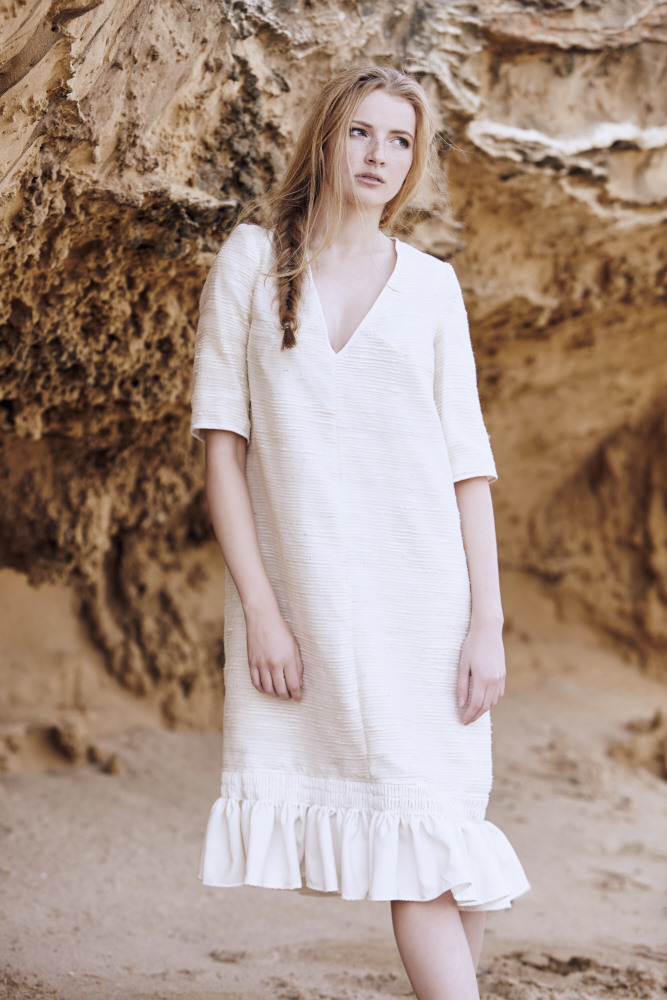
Model | Sarah Baxter | Photographer | Kim Mennen | HMUA | Emma Gillett
LM
What is your opinion on ethical and sustainable fashion?
LH
I think it is extremely important, and I am happy that it has become an important topic for discussion. As a designer I have a responsibility to look after all my contacts. Fashion is such a powerful and influential industry. If any of us were to disregard the impact it has on us environmentally and socially we would bring much harm to the world around us.
Ethical and sustainable fashion practices are a necessary discussion for both individuals within the industry and consumers.
LM
Where are you garments made?
LH
I am proud to say that all Lois Hazel garments are made here in Melbourne. I am lucky to work with a variety of different companies as well as have the time to produce a number of styles in house here in Fitzroy.
LM
Who is the Lois Hazel women?
LH
I like to see her as fun, and wanting to invest in her wardrobe. She is aware of the world around her, and takes interest in the effect her choices have.
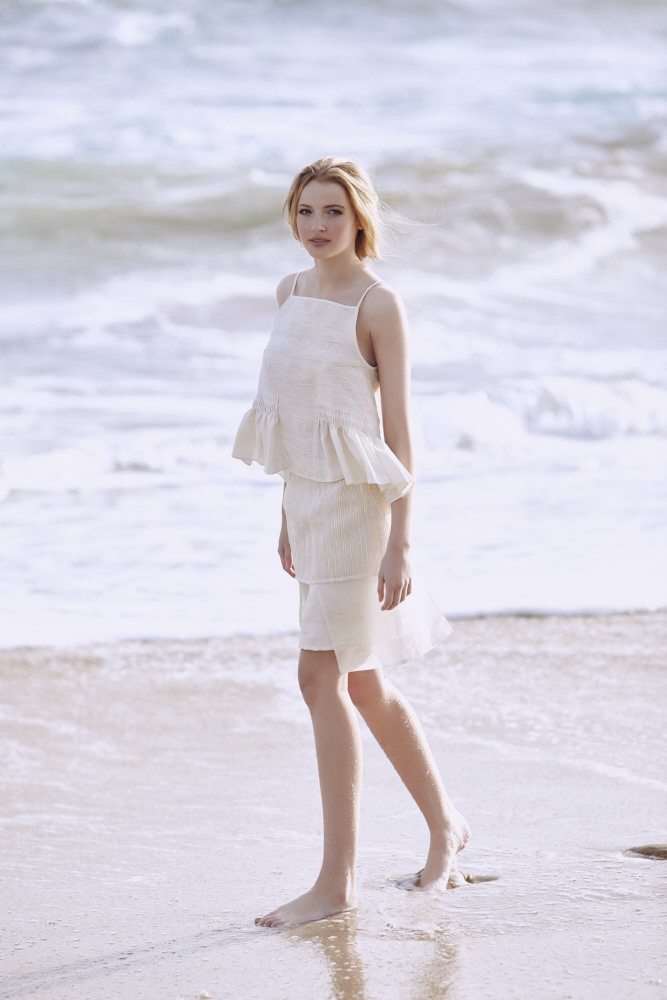
Model | Sarah Baxter | Photographer | Kim Mennen | HMUA | Emma Gillett
LM
What defines the Lois Hazel label?
LH
I would say a desire to create timeless pieces with unique detailing that were developed and produced in a sustainable and ethical manner.
LM
Do you believe that Australian women dress well?
LH
I do, and I love how here in Melbourne you see so many different styles.
LM
If you could bring about any particular changes within the Australian fashion industry, what would they be?
LH
Bring more production back to Australia. Not only in manufacturing but also in fabric production, dyeing, and weaving.
We have so much potential, talent and live in such a unique land.
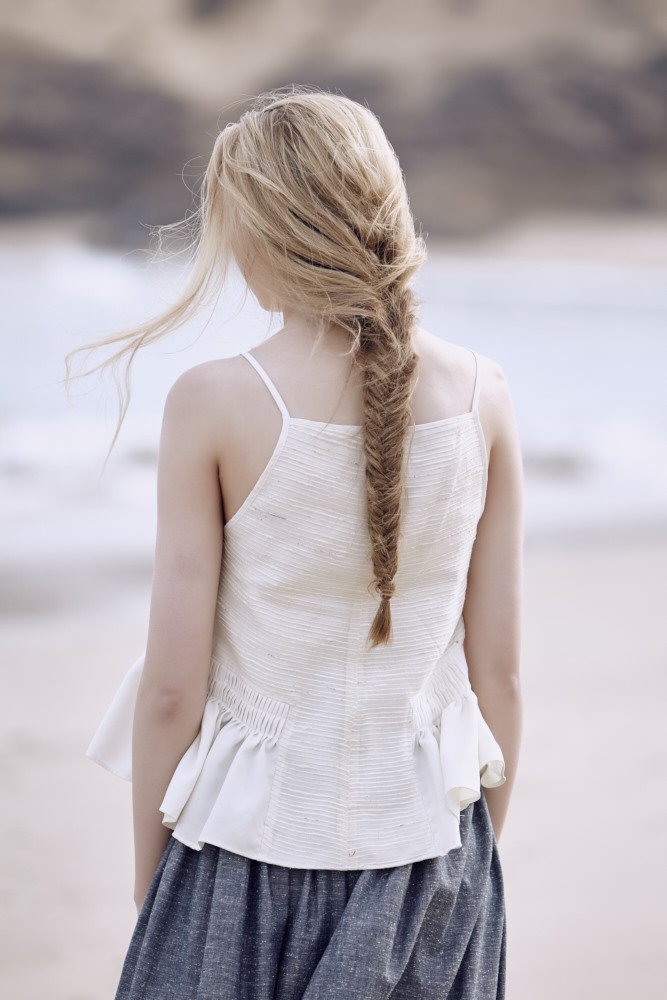
Model | Sarah Baxter | Photographer | Kim Mennen | HMUA | Emma Gillett
LM
What is your view of fashion collaborations?
LH
I think they are great! There are so many people out there with different views and talent! Being able to work together really allows for things to mature and evolve.
LM
What do you see as the future of the Australia fashion industry?
LH
I see consumers becoming proud to wear Australian made goods!
I also hope to see the recognition of more of our talent around the world.
We are lucky to have individuals like Ellery, Zimmerman and Maticevski paving the way.
LM
Who are your favourite international designers and why?
LH
I wouldn’t say I have a solid favourite, but I admire the works of a number of different designers. I love the couture collections from fashion houses such as Dior, Chanel and Valentino. Their work is inspirational.
LM
Do you see yourself as expanding to overseas markets?
LH
I do, and I hope that this year I’ll be able to start the journey.
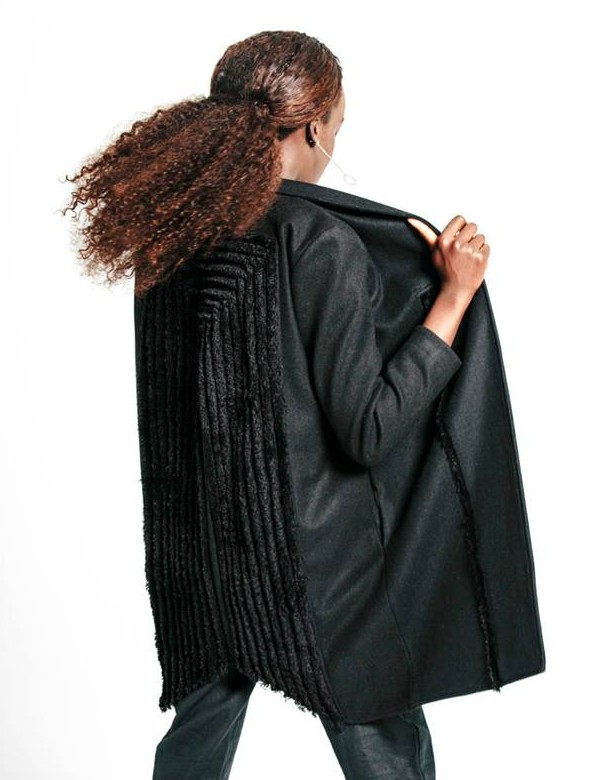
Photographer | Anthony Tosello | Stylist | Julia Sarteschi | HMUA | Brooke Pearson | Creative Direction | Violette Snow
LM
Do you think raising the awareness of the Australian consumer would help to ease the difficulties of being an emerging designer?
LH
Definitely. Consumers are what really run this industry. Their support of emerging designers would go a long way to helping us achieve more faster and easing the pressure we feel in the early years.
LM
If you could suggest ways to support emerging designers as a whole, what would they be?
LH
I think making the time to go to events like the Discovery Runway or keeping an eye out in the Fashion Journal for us, and any blogs that focus on introducing emerging designers to the public.
LM
Yes! Yes! and Yes! Bring it on!
LM
What is your view of social media. Do you see it as mostly positive?
LH
I think it is great! Especially Instagram which has already brought me so many great opportunities and linked me up with a variety of different people.
As a emerging designer my budget is limited for marketing, so having a platform like Twitter, Instagram and Facebook is wonderful.

Photographer | Anthony Tosello | Stylist | Julia Sarteschi | HMUA | Brooke Pearson | Creative Direction | Violette Snow
LM
What is your opinion of people who describe the fashion industry as fake?
LH
I love the fashion industry, but unfortunately it does have its ‘fake’ moments. Only a small percentage of those involved really get the credit they deserve. I really want to make sure that in my practice people get the credit they deserve. I want to show my consumers not only where everything is made, but also that they can see it is a team effort.
LM
How do you feel about fast fashion, and the impact it has on a label such as yours?
LH
My hope for fast fashion is to see it become more sustainable and ethical.
Obviously it does make it harder for me when something can be offered at a more affordable price, but I feel as an emerging designer I have the opportunity to do things differently and create a uniquely diversified product.
LM
So my lovelies, the next time you’re thinking of buying something, check out Lois Hazel.
Accreditations:
Photographers | Anthony Tosello | Kim Mennen | Kristy Milliken
Stylist | Julia Sarteschi
HMUA | Brooke Pearson | Emma Gillett
Creative Direction | Violette Snow
Models | Dijok H. Mai | Sarah Baxter | Georgia Asapwell | Madeleine Rose Tudor
Other:
Hessian Magazine
Folk Collective
One Girl Australia
Iris Van Herpen
ByBorre
Broadsheet
Until next time,
Jade xx
